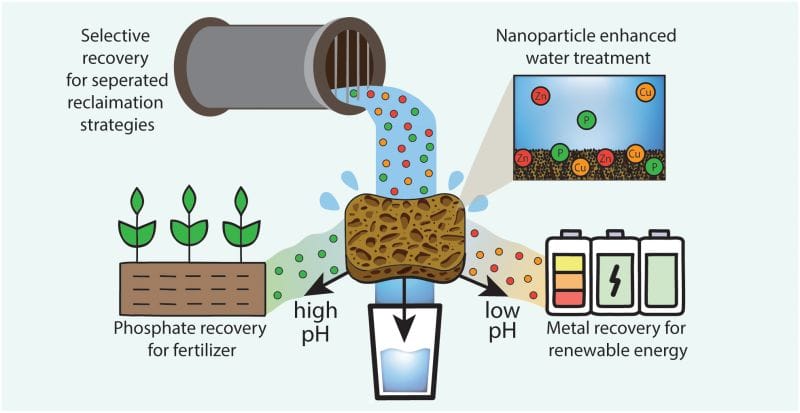RSS feed source: National Science Foundation
A new computational tool developed with support from the U.S. National Science Foundation could greatly speed up determining the 3D structure of RNAs, a critical step in developing new RNA-based drugs, identifying drug-binding sites and using RNAs in other biotechnology and biomedicine applications.
The tool, NuFold, leverages state-of-the-art machine learning techniques to predict the structure of a wide variety of RNA molecules from their sequences. This new capability will allow researchers to visualize what a given RNA structure could look like based on its sequence and identify its potential use in drug delivery, disease treatment and other applications. The research leading to NuFold was published in Nature Communications.
RNAs are critical biological molecules — encoding information, like DNA, and performing cellular functions, like proteins — but relatively few RNA structures have been determined through experimentation thus far, which severely limits understanding of their functions. For example, RNAs in the NSF-funded Research Collaboratory for Structural Bioinformatics Protein Data Bank (RCSB PDB) represent only about 3% of total entries. Experimentally determining RNA structures is often time-consuming and costly. By providing a path to reliably predicting RNA structure from sequence, NuFold could greatly expedite the discovery of RNA function and enable quicker development of RNA-based therapeutics and technologies.
RSS feed source: National Science Foundation
Researchers supported by the U.S. National Science Foundation have discovered four tiny exoplanets orbiting Barnard’s star, a red dwarf at the center of the nearest single-star system to Earth. Using a specialized instrument mounted on the NSF-supported Gemini North Telescope in Hawaii, the team detected “wobbles” in the motion of Barnard’s star by observing subtle shifts in the color of its light, indicating the gravitational pull from nearby exoplanets. The planets’ surfaces are too hot to support life as we know it.
The researchers made their discovery using the M-dwarf Advanced Radial velocity Observer Of Neighboring eXoplanets (MAROON-X) spectrometer, which is designed to detect exoplanets. Their results were published in The Astrophysical Journal Letters and show promise for finding and confirming more small planets around other red dwarf stars, which are numerous in the universe.
“The U.S. National Science Foundation is collaborating with the astronomy community on an adventure to look deeper into the universe to detect planets with environments that might resemble Earth’s,” says Martin Still, NSF program director for the International Gemini Observatory. “The planet discoveries provided by MAROON-X mounted on Gemini North provide a significant step along that journey.”
Most of the planets previously discovered in the Milky Way galaxy are much larger than Earth, making detecting these relatively tiny planets a fundamental step towards a more complete understanding of planet populations.
Click this link to continue reading the article on the source website.
RSS feed source: National Science Foundation
Although a leopard cannot change its spots, new research funded by the U.S. National Science Foundation uses the principles that govern patterns like leopard spots to understand biological processes at the nanoscale. The research, which combines physics, biology and theories first suggested by famed code breaker Alan Turing, increases knowledge of protein nanocluster formation and could enhance understanding of the causes of Emery-Dreifuss muscular dystrophy (EDMD) and lead to possible treatments.
The project probes the formation of nanoclusters made of a protein called emerin, which plays a role in the structure and function of the membrane around a cell’s nucleus. These clusters are extremely important in mechanotransduction, the process by which cells respond to mechanical forces like stretching or pressure. When mechanotransduction fails, it can lead to diseases like EDMD and other forms of muscular dystrophy. Understanding how emerin molecules form nanoclusters will aid in deciphering how the process can be disrupted and how disruptions can lead to disease.
While the way in which proteins come together has been studied for some time, the new research uses biophysical concepts to understand the biological processes. Specifically, the researchers used rules that control the formation of patterns proposed by Turing. Turing’s work provided mathematical rules that govern the formation of nanoclusters, working at a vastly different scale than leopard spots or zebra stripes.
The research was led
Click this link to continue reading the article on the source website.
RSS feed source: National Science Foundation
Funded by multiple grants from the U.S. National Science Foundation, researchers created a functional sponge that can soak up certain pollutants from water and then release them on demand, presenting a reusable and low-cost solution for cleaning storm runoff while simultaneously recovering valuable metals like zinc and copper, as well as phosphate.
Using surface iron oxide nanoparticles specialized for capturing specific contaminants, the sponge collects the minerals and then discharges them only when triggered by changes in pH, and it can be used multiple times. The findings were achieved by researchers at Northwestern University and published in the American Chemical Society’s journal Environmental Science and Technology Water.
“The technology can be used as a universal sorbent or ‘catch-all,’ or it can be tailored to certain groups of contaminants like metals, plastics or nutrients,” says Vinayak Dravid, a research author and Northwestern professor of materials science and engineering. In previous iterations, the sponge material has successfully pulled lead, microplastics and oil from water.
Industrial manufacturing and agriculture, in particular, experience mineral and fertilizer loss due to runoff, leaving valuable nonrenewable resources as pollutants in bodies of water. Those resources include heavy metals like zinc and copper and also phosphate.



